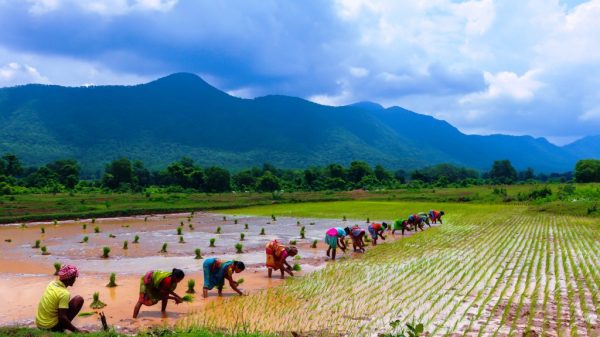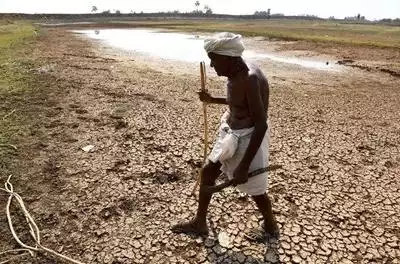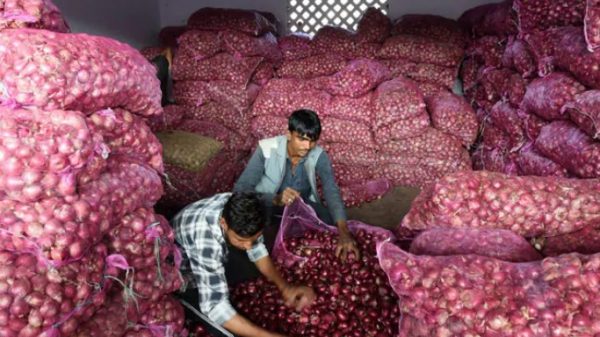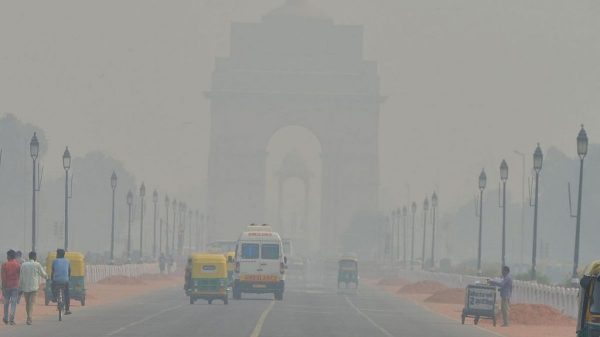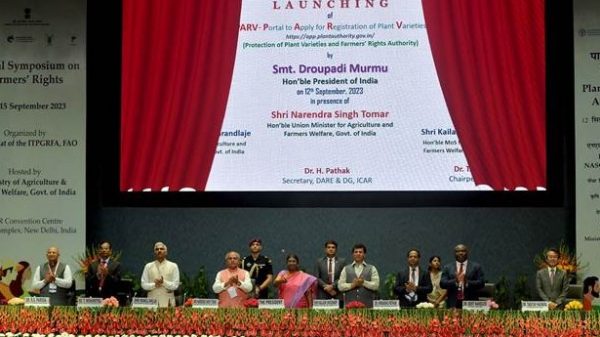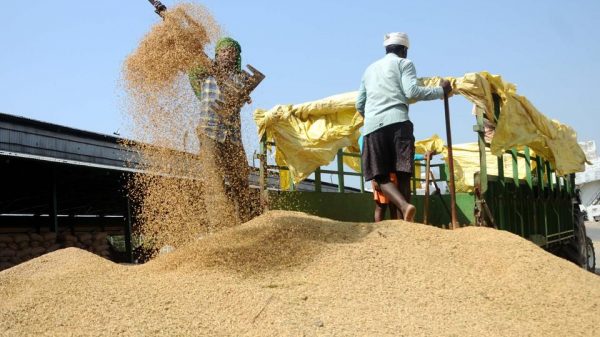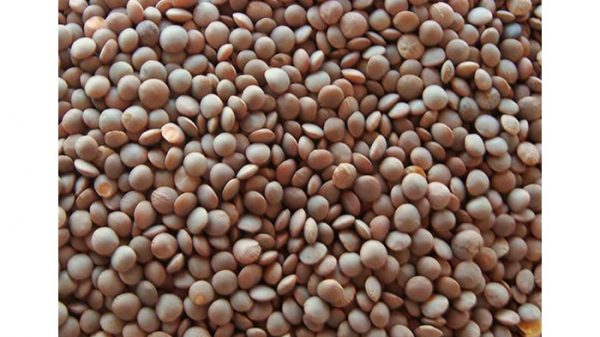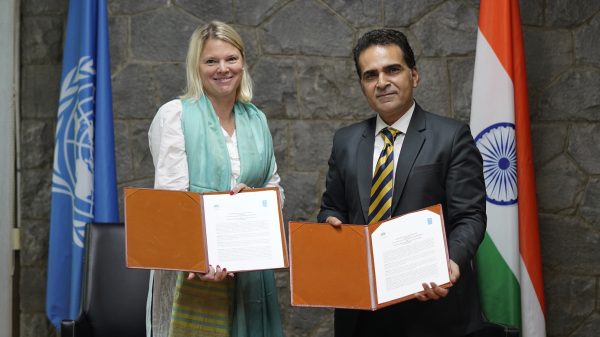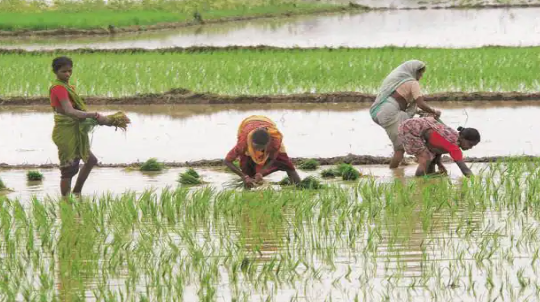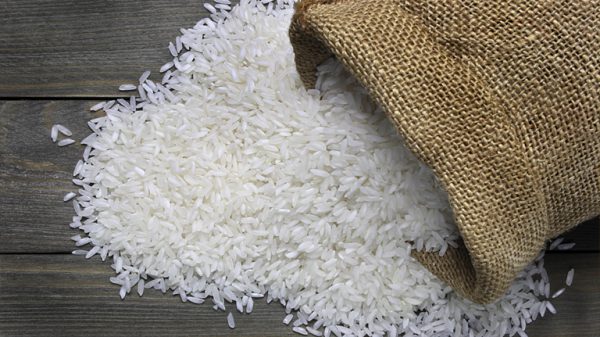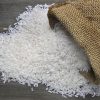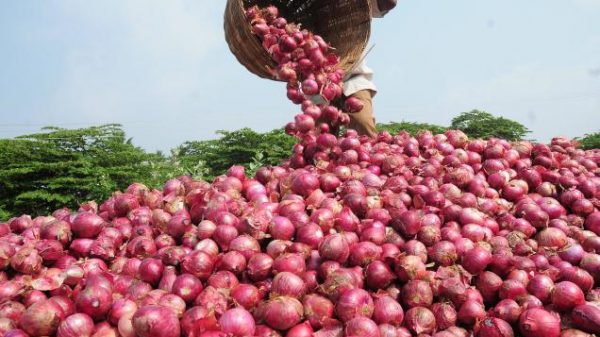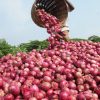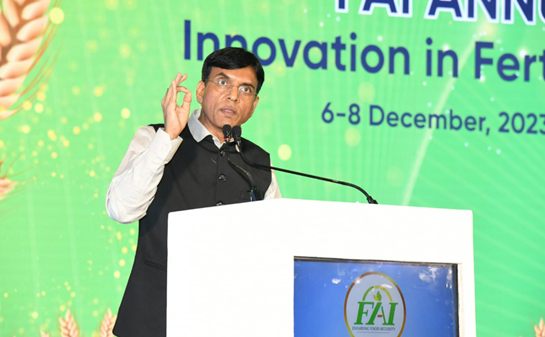Despite a challenging monsoon season in key rice-producing states like Bihar, Jharkhand, Chhattisgarh, West Bengal, Odisha, Uttar Pradesh, and Madhya Pradesh, the sowing area for kharif crops in India has reached 1053 lakh hectares by August 25, 2023. The Department of Agriculture & Farmers’ Welfare has provided insights into the progress of this year’s crop sowing, revealing both increases and decreases in various crop categories compared to the previous year.
Rice has shown a significant increase in the sown area. A total of 384.05 lakh hectares have been dedicated to rice cultivation, showcasing a 4.41% increase from the 367.83 lakh hectares sown during the same period in 2022. This growth is particularly notable considering the widespread deficit in monsoon rains across many crucial rice-growing regions.
Pulses, on the other hand, have faced challenges this year. The total area dedicated to pulse crops has decreased by 8.30%, from 128.07 lakh hectares in 2022 to 117.44 lakh hectares this year. Among specific pulse crops, arhar (pigeon pea), urad, moong, and other pulses have all witnessed reductions in their cultivated areas compared to last year.
Coarse cereals, including crops like jowar, bajra, ragi, maize, and small millets, have collectively experienced a modest growth of 1.15%, with the sown area reaching 178.33 lakh hectares this year. In contrast, oilseed cultivation has faced a slight setback, seeing a decrease of 0.95% from 190.38 lakh hectares in 2022 to 188.58 lakh hectares in 2023. Groundnut, sunflower, sesame, niger, castor, and soybean have contributed to this overall decline.
Sugarcane sowing has demonstrated a positive trend, marking a 0.85% increase in the sown area compared to the previous year, reaching 56.06 lakh hectares. Meanwhile, cotton and jute/mesta have experienced decreases of 1.82% and 5.62% respectively, indicating challenges in these segments.
Geographically, different states have shown varying patterns. While Bihar, Chhattisgarh, and Jharkhand have managed to increase their sown areas despite diminished monsoon rains, other states like Karnataka, Andhra Pradesh, and Assam have faced decreases due to similar unfavorable weather conditions.
As the sowing season progresses, farmers remain hopeful for improved weather conditions that will contribute to a successful kharif harvest.


